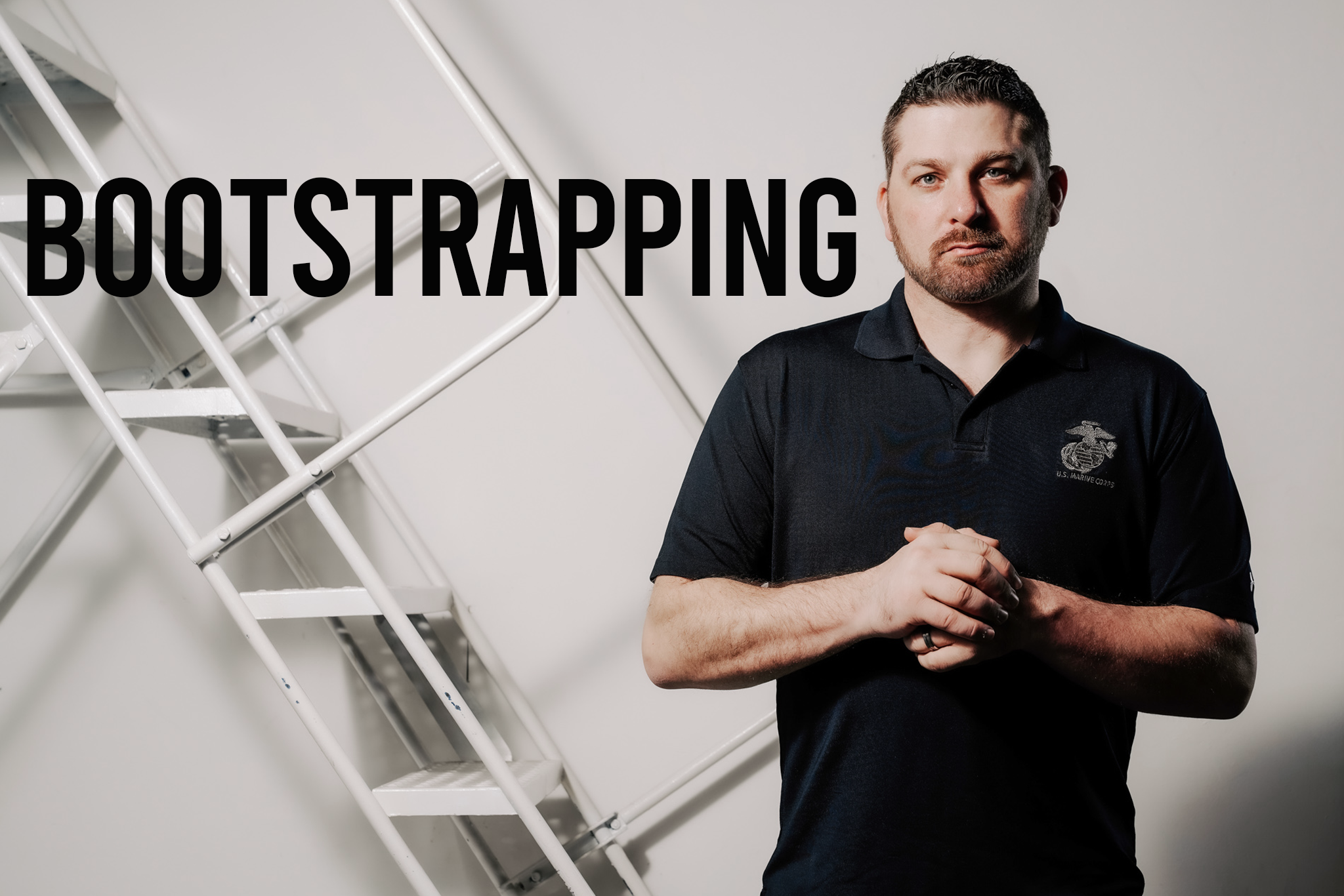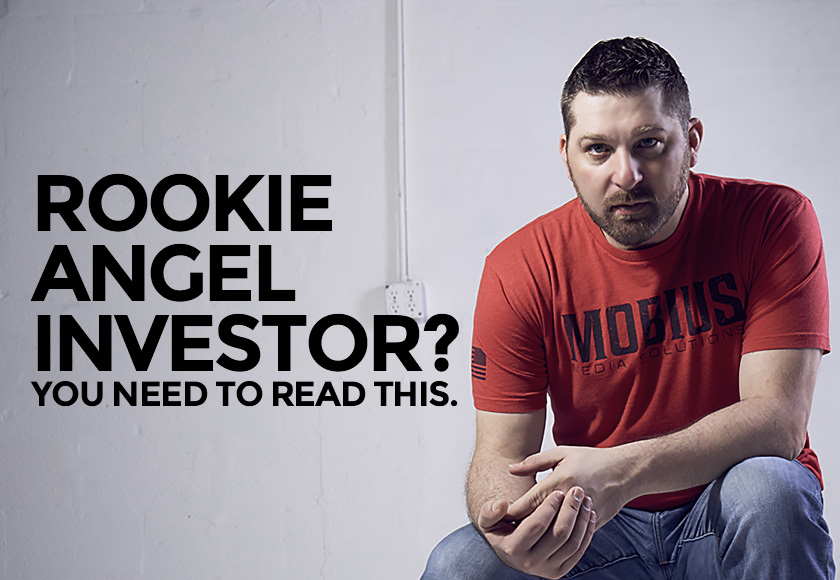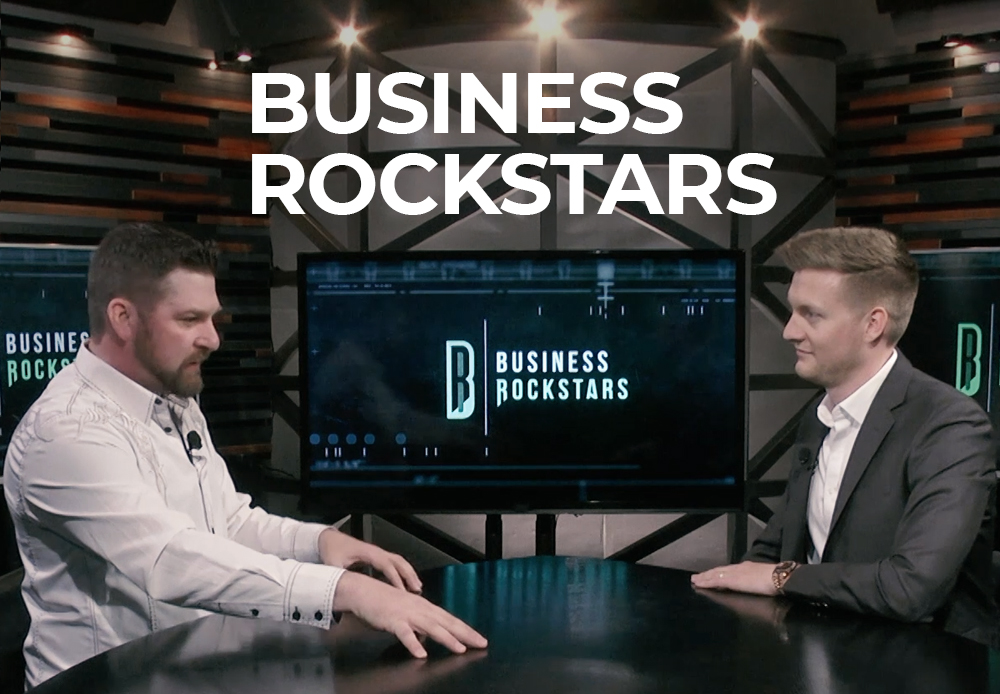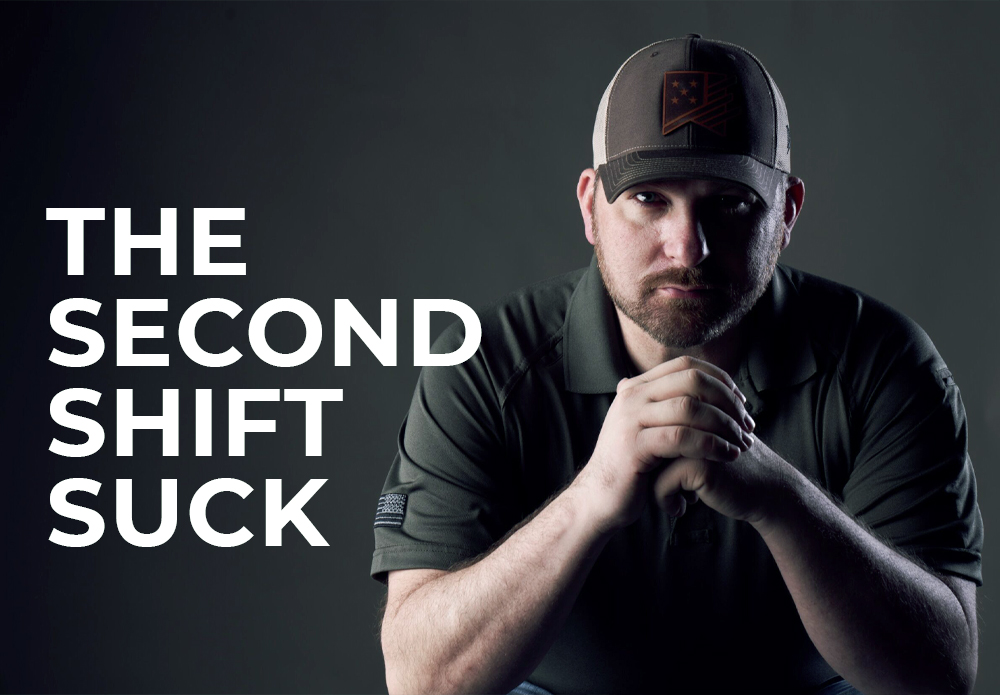BOOTSTRAPPING

- Business, Growth, Scaling, Start-ups
Far too often I hear entrepreneurs say they are “bootstrapping”. I have to wonder if they truly understand the meaning of this term.
Bootstrapping is starting a business with no external financial resources or capital.
Just like the saying “pulling yourself up by your bootstraps”, bootstrapping is all about doing it on your own.
No investors, no loans, and tight budgeting.
The idea has been oversimplified in terms of small business start-ups struggling to get off the ground.
Bootstrapping for Large Corporations
In the beginning, bootstrapping was a way for big companies to test a product or an idea.
For example, let’s say 10 years ago, Sony, Samsung, and LG wanted to create a large flat screen television with a slight curve to it.
The three companies have no idea if the product will work so they decide to each put $500,000.00 toward building and testing the television.
Now, the three companies have $1.5 million to “play with” in order to get this television off the ground.
Keep in mind, $500,000.00 is nothing to Sony, Samsung, and LG so if the product fails the companies can take the hit but still remain in business.
If the product succeeds, it was worth the $500,000.00 because the return is going to be extraordinary.
Over time, this idea of bootstrapping morphed into entrepreneurs believing they can start a multi-million dollar company with absolutely nothing invested, and that is simply not the case.
Entrepreneurship is, unfortunately, associated with a great stigma of scarcity, especially during the early capital raising years.
We maintain this warped idea that start-up founders should go through a financially challenging right of passage before they can enjoy wealth and success.
They need to be tough, working very long hours with very little financial reward in return.
And while this may be true for a lot of founders, this happens not because entrepreneurship is undeniably challenging, but because they most likely entered this game broke and with no financial backbone.
Should a lack of available financial resources stop anyone from building their dream and launching a venture?
No, of course not. But one thing is certain.
If you cannot afford to invest in your venture, you will experience slow to no growth, which could potentially see you failing rather than scaling.
“Get a bridge job.”
So how can you invest in your business when there is no available cash?
If crowdfunding, or other forms of investor capital are not part of your strategic foresight, then you need to get a bridge job.
Yes, you read that right.
This is where you need to let go of any ego, pride or self-limiting beliefs around failure and secure paid employment that can sustain your basic living expenses but still keep your mental bandwidth relatively free so you can devote it to your venture.
With this buffer option in mind, you can ease unnecessary financial stress, and keep your creativity unharnessed, which will determine the speed of your growth.
Some would call this a temporary setback, because no entrepreneur wants to return to a 9-5 clock-punching job, but I encourage you to use the pain of this as fuel to propel you forward and make you more eager to win.
Many entrepreneurs think, “I get to be my own boss; let someone else do the work while I sit back and watch the money roll in”.
If this is your mind set at the start of your venture into business ownership, get out now.
Most likely, you will work harder than you have ever worked when you start your own business.
This is the time you work not only that 9-5 bridge job, but when that work day is finished, your day as an entrepreneur is just getting started.
As a business owner, every aspect of your business, in the beginning, is your responsibility.
How are you going to pay for a website? Where are you going to get the money to buy the ads to drive traffic to that website?
And not just traffic, but properly targeted traffic that leads to conversions.
Those people you are going to hire to work at your business so you can sit back and watch the money roll in; they’re going to want a paycheck.
Where does that money come from? Do you need to purchase inventory?
You can’t start a business with zero money.
You just can’t.
In this modern marketplace, you have to buy things like websites, traffic, and influencers.
When Sony, Samsung, and LG are bootstrapping to build and test their curved flat screen, $500,000.00 is not going to break the bank; to them, it’s a rounding error.
It’s not the same as having zero money.
If you’re not flush enough with your money to be able to scale, your attempts are going to fail.
Bootstrapping your business does not mean ZERO money.
It means being financially independent enough to be able to put money into the business.
In practical terms, if you cannot financially afford to feed your business in its early stages, it’s most likely because you haven’t worked on it enough.
Consistent work pays, and your profit and loss statement is a direct reflection of this.
“Make sure you have ‘start-up money’.”
This belief that an idea and hope are the foundation for bootstrapping your business is a misconception, and will most certainly lead to unnecessary stress and quite possibly the end of your business venture.
But, it doesn’t have to be.
Think of bootstrapping as a strategic entry into entrepreneurship.
Instead of “no money”, make sure you have “start-up money”.
Don’t look at a 9-5 job as a failure, but a preventative measure to ensure more rapid financial success.
Budget properly. Hire yourself an awesome and reliable PSD Team.
Bootstrapping your business simply means you’re doing it on your own – not you’re doing it broke.
If you chose to go into business for yourself without investors or loans, you’re also going in without debt.
That is an incredible start to your entrepreneurial journey.
Properly bootstrapping your business will lead to you being on solid financial ground. It will enable you to invest money back into your business, which is not only smart, but the fastest way to scale and grow.









